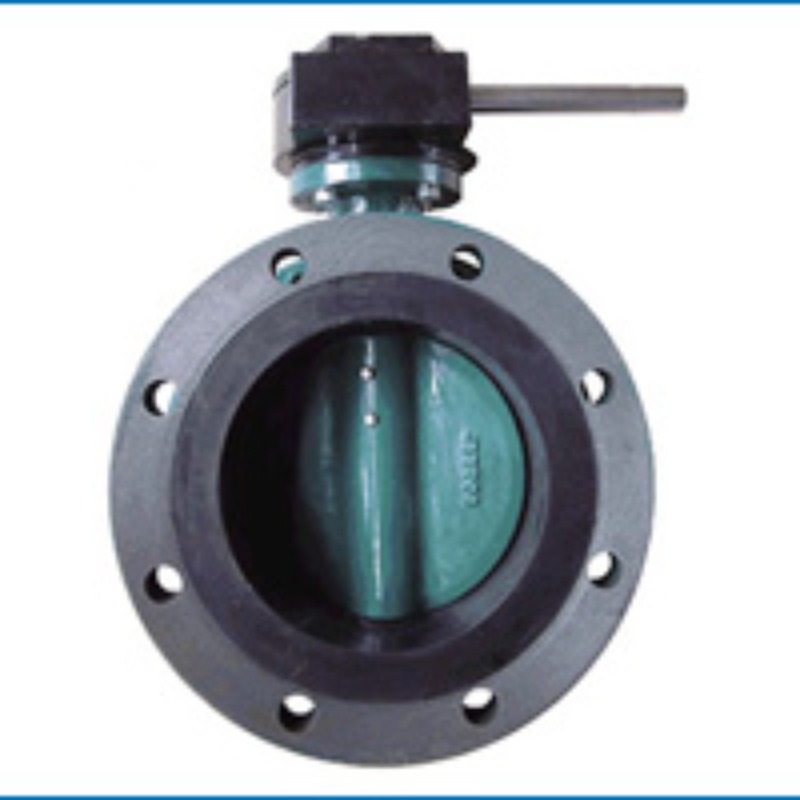Nov . 18, 2024 11:31 Back to list
Understanding the Functionality and Benefits of Y Type Strainers in Fluid Systems
Understanding Y-Type Strainers A Comprehensive Guide
In the world of fluid regulation and management, various tools are employed to ensure the smooth operation of pipelines and systems. One such essential device is the Y-type strainer. This article will delve into the functional aspects, design features, applications, and the benefits of using Y-type strainers, illustrating why they are crucial for maintaining system integrity in various industrial sectors.
What is a Y-Type Strainer?
A Y-type strainer is a mechanical device designed to filter out debris and contaminants from liquids or gases passing through pipelines. Characterized by its Y shaped body, this type of strainer allows for easy installation and maintenance. The design fosters effective filtration while minimizing pressure drops across the system, making it a popular choice in many industrial applications.
Design Features
Typically constructed from durable materials such as stainless steel, cast iron, or carbon steel, Y-type strainers are designed to withstand high pressures and temperatures. The Y shape facilitates the flow of fluid while effectively directing it through a filter element, usually a mesh or perforated screen.
The primary components of a Y-type strainer include
1. Body The main casing that holds the strainer and provides structural integrity. 2. Filter Element The inner component responsible for trapping debris and contaminants. This can be easily replaced or cleaned during maintenance. 3. Inlet and Outlet Ports These allow fluid to enter and exit the strainer seamlessly. 4. Drain Plug A crucial feature that facilitates the removal of accumulated debris without needing to remove the entire strainer from the pipeline.
How It Works
As fluid flow enters the strainer, it encounters the filter element, which traps larger particles while allowing clean fluid to pass through. The design ensures that while the strainer effectively filters out unwanted material, the flow rate remains optimal, minimizing any potential pressure drop.
Regular maintenance is vital to ensure efficient operation. When the filter element becomes clogged, it can be easily cleaned or replaced with minimal downtime, restoring the system's functionality quickly.
Applications
y type strainer

Y-type strainers find utility in a wide range of industries, including
1. Water Works Protecting pumps and other equipment from particulate pollution in municipal water systems. 2. Oil and Gas Ensuring the smooth operation of refineries and transport pipelines by filtering out impurities. 3. Chemical Processing Preventing contamination of products and maintaining system hygiene. 4. Food and Beverage Ensuring cleanliness and safety in production processes.
5. HVAC Systems Protecting condensate lines and ensuring efficient operation of heating and cooling systems.
Each of these applications benefits from the Y-type strainer's ability to provide effective filtration while sustaining flow rates.
Advantages of Y-Type Strainers
1. Efficiency The design and functionality of Y-type strainers promote high efficiency in filtering while minimizing pressure drops, which is a critical factor in systems requiring consistent flow rates.
2. Ease of Maintenance Y-type strainers allow for straightforward access to the filter element, enabling regular maintenance without extensive downtime or the need to disassemble entire systems.
3. Versatility With various sizes and materials available, Y-type strainers can be adapted for use in a multitude of applications across different industries.
4. Cost-Effective Investing in a Y-type strainer can prevent costly damages caused by contamination, thereby offering a long-term solution for system maintenance and protection.
5. Robust Design With durable materials and a design that minimizes wear and tear, Y-type strainers are built to last, ensuring longevity and reliability in demanding environments.
Conclusion
Y-type strainers play a significant role in ensuring the efficiency and safety of various industrial processes. By effectively filtering out debris and contaminants, they protect essential equipment and contribute to the overall integrity of fluid management systems. With their robust design, ease of maintenance, and versatility, Y-type strainers remain an indispensable component across many sectors, making them a crucial investment for any operation reliant on fluid mechanics. Understanding their function and applications can help businesses optimize system performance and mitigate risks associated with fluid contamination.
Share
-
Reliable Wafer Type Butterfly Valves for Every IndustryNewsJul.25,2025
-
Reliable Flow Control Begins with the Right Ball Check ValveNewsJul.25,2025
-
Precision Flow Control Starts with Quality ValvesNewsJul.25,2025
-
Industrial Flow Control ReliabilityNewsJul.25,2025
-
Engineered for Efficiency Gate Valves That Power Industrial PerformanceNewsJul.25,2025
-
Empowering Infrastructure Through Quality ManufacturingNewsJul.25,2025